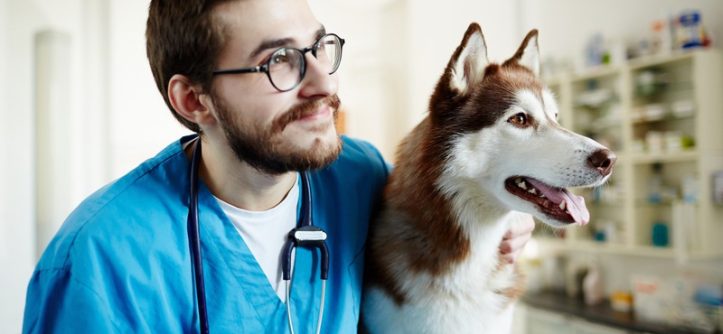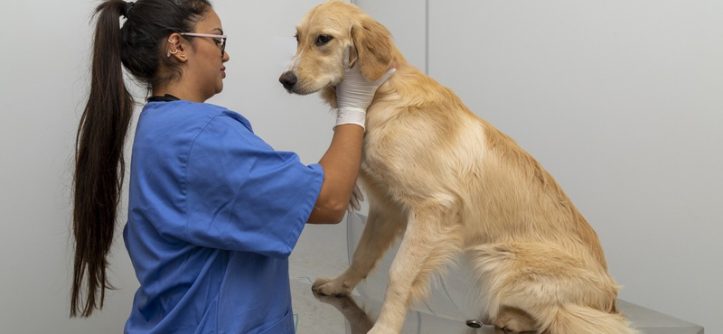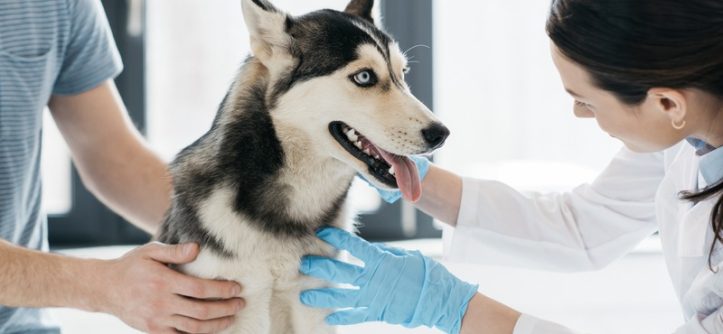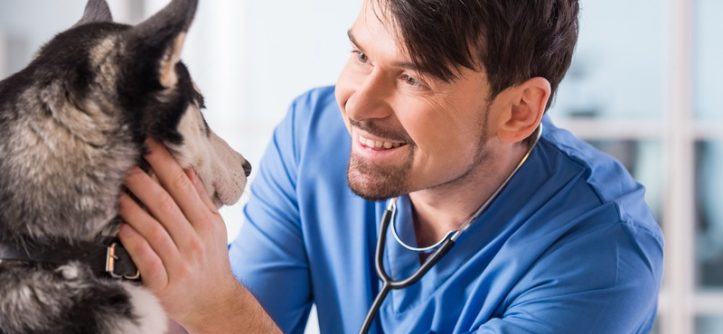Having a pet is one of life’s great joys, but dealing with a pet emergency can be incredibly stressful. Knowing what to tell the vet during such a call can make all the difference. Managing the right information effectively can
Archives
Why Might My Pet Need Immediate Surgery?
Pets are cherished members of our families, and their well-being is a top priority. Sometimes, despite our best efforts, they may require urgent medical attention, including surgery. But how do you know when your furry friend might need immediate surgical
What Are Common Preventive Treatments Every Pet Should Receive?
Our furry friends bring joy and companionship to our lives, and we want to do everything we can to keep them happy and healthy for as long as possible. Keeping our pets healthy involves more than feeding and sheltering them—it
Which Vaccines Are Essential for Every Horse Owner to Know About?
As a horse owner, you’re a caretaker, trainer, and sometimes nurse, with a key focus on your horse’s health. Vaccination is crucial to prevent serious diseases. With many vaccines available, it’s vital to know which ones to prioritize. This guide
What Are Common Emergencies Handled by Onsite Pet Clinics During Shows?
When we bring our furry friends to shows, we’re filled with pride and anticipation. These events can be fun-filled and thrilling for pet owners and their pets alike. But what happens when the unexpected occurs? It’s crucial to discuss the
How Do One-Stop Vet Clinics Impact Pet Health?
If you’ve ever been in a situation where your beloved companion was in need of medical attention, you know how stressful it can be to track down the various services they may need. From regular check-ups and vaccinations to more
Why Do Vet Clinics Emphasize Preventive Care for Pets?
As a pet owner, your local vet’s office puts quite a bit of emphasis on preventive care, putting it at the forefront of their services. This isn’t a coincidence or a mere trend; it’s a fundamental aspect of modern veterinary







